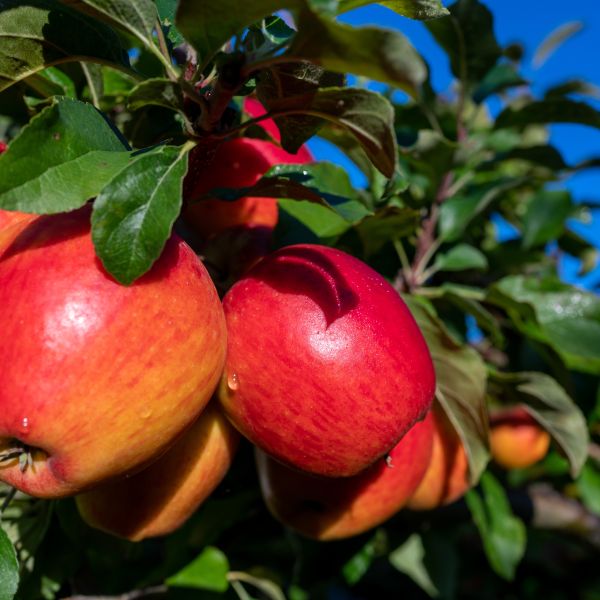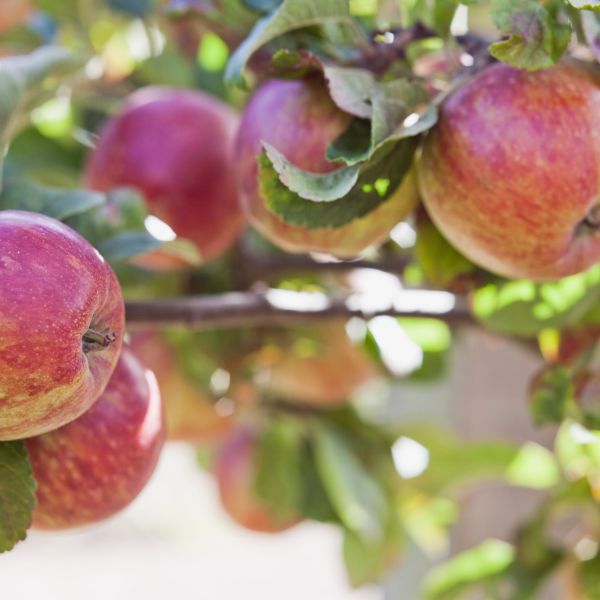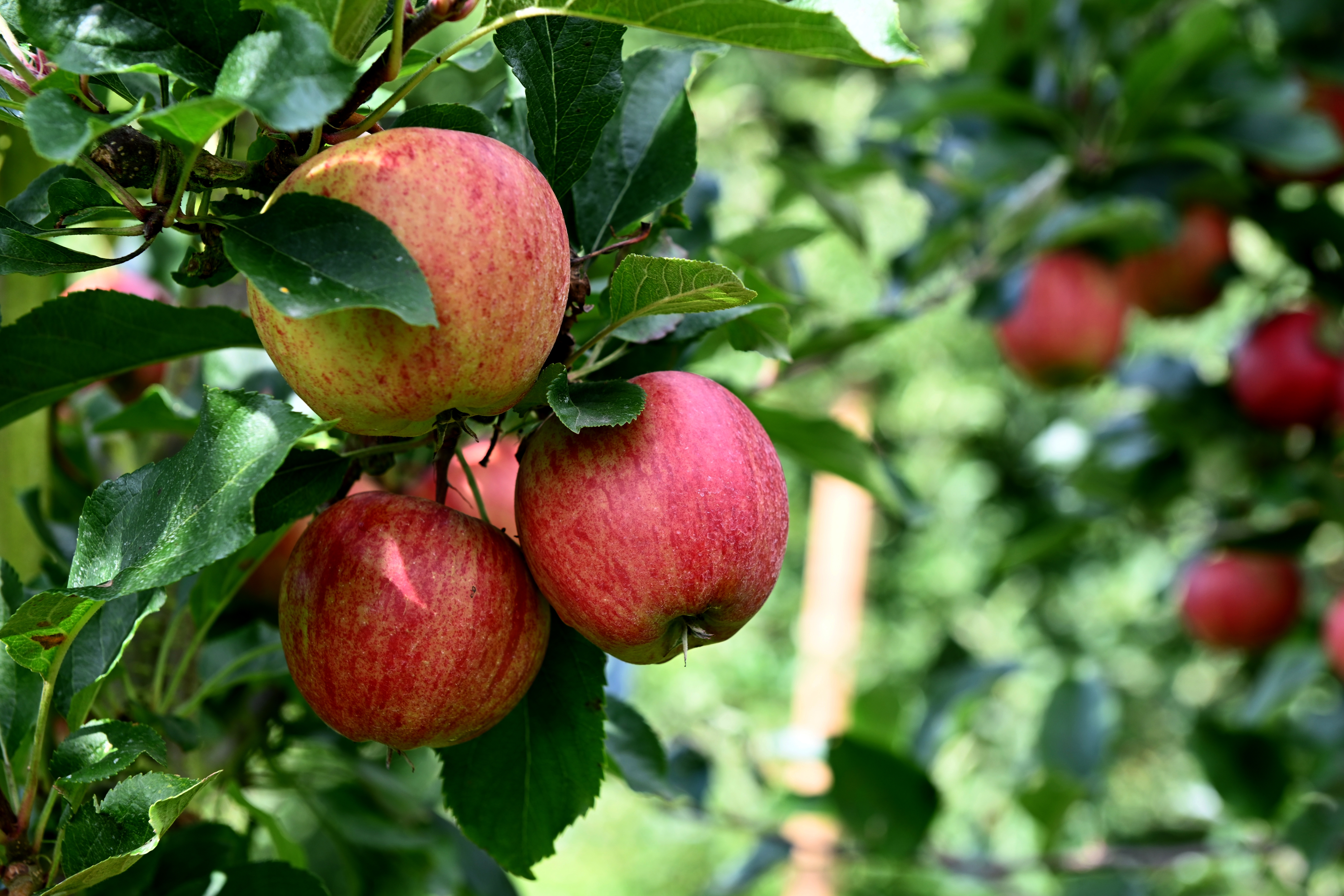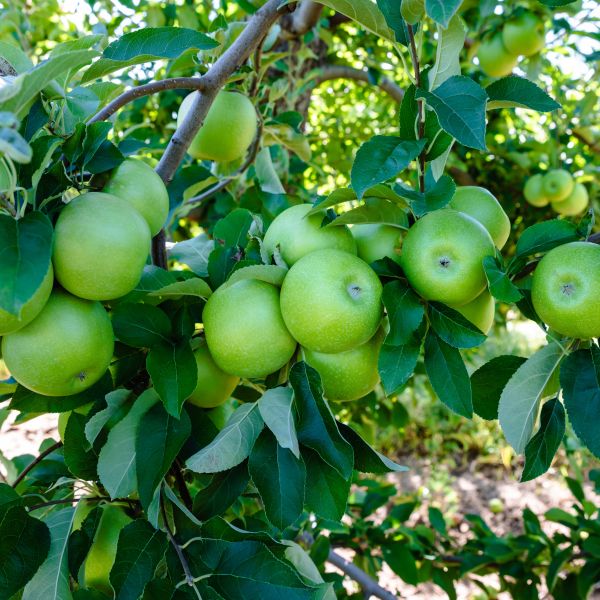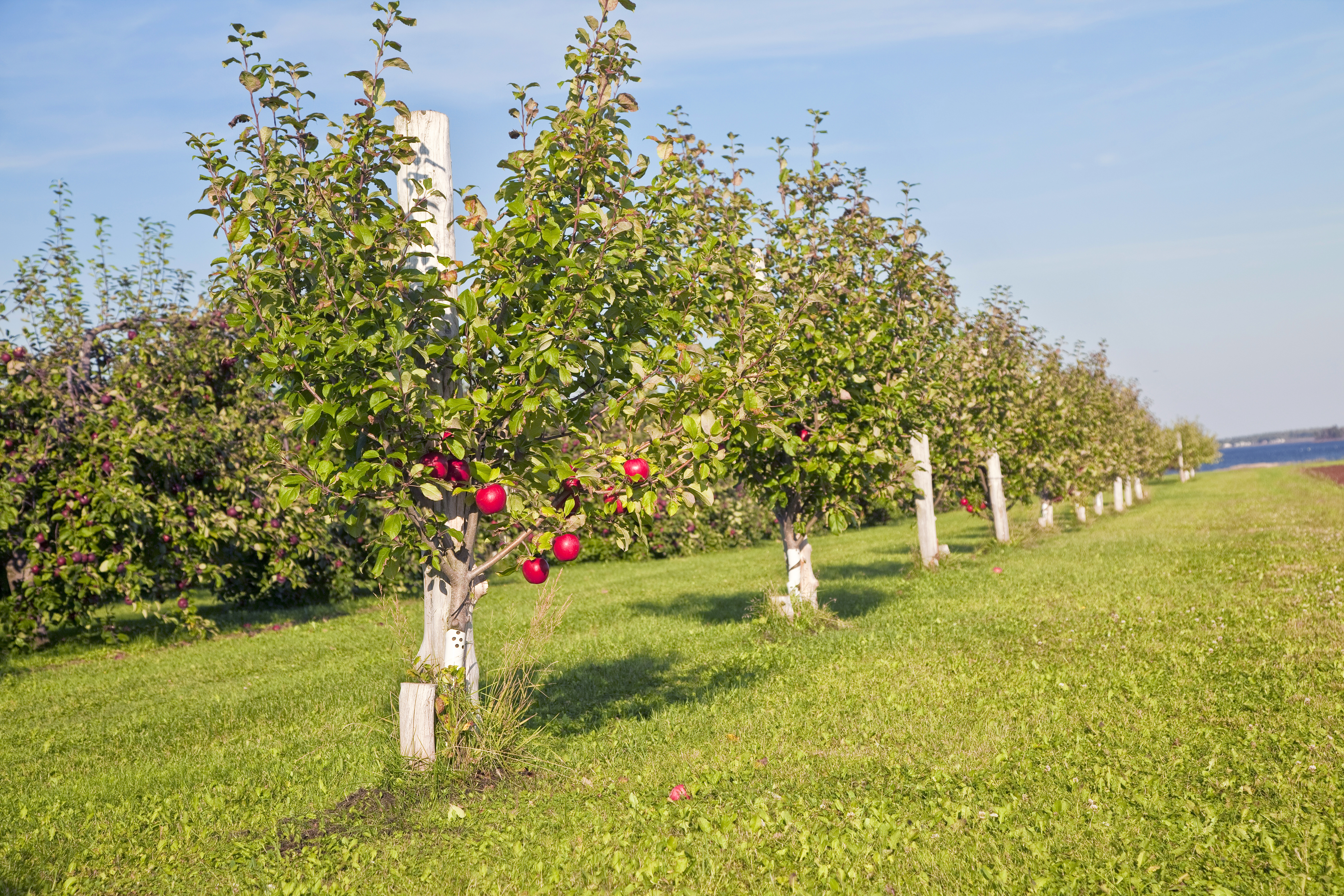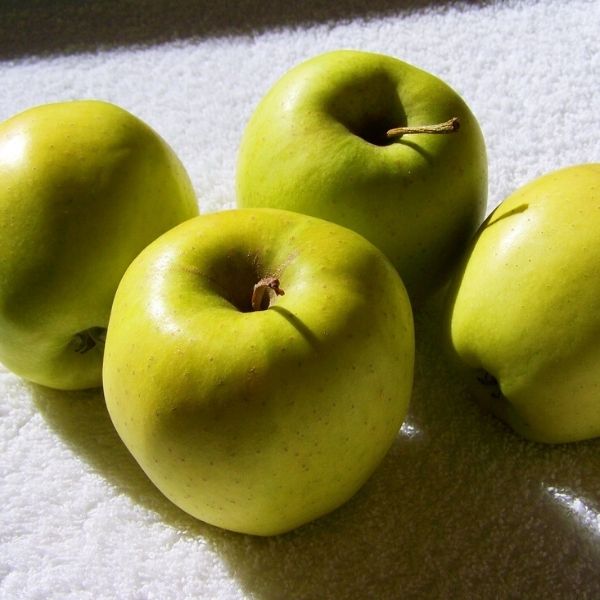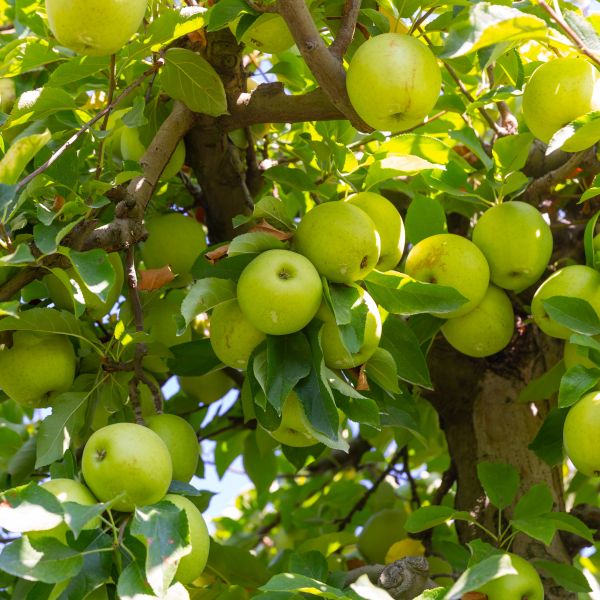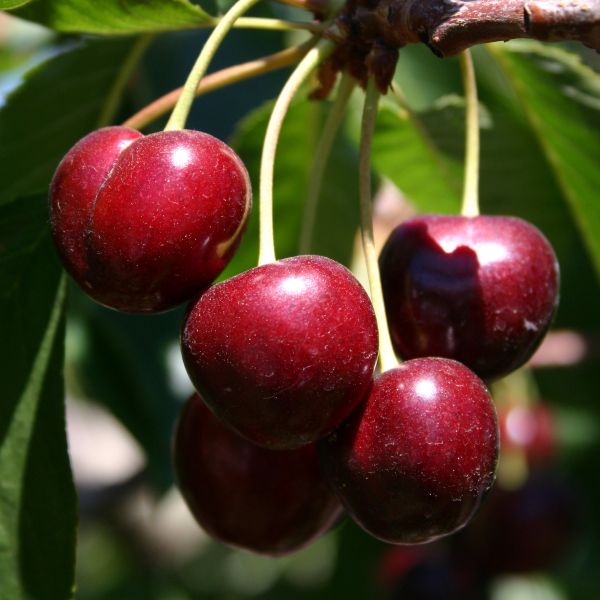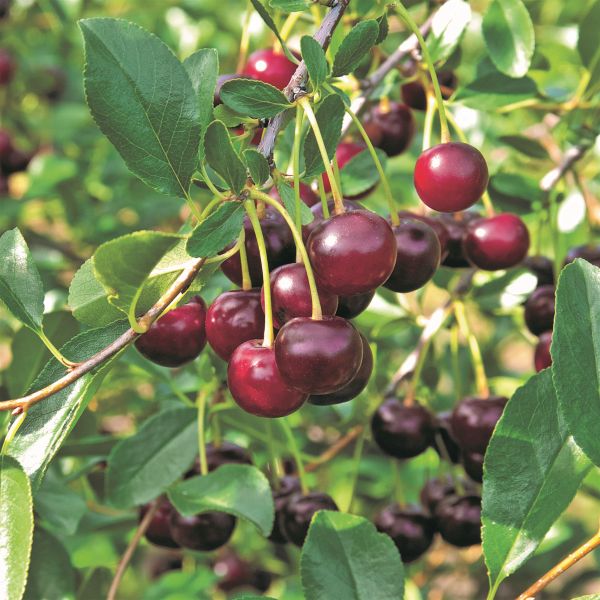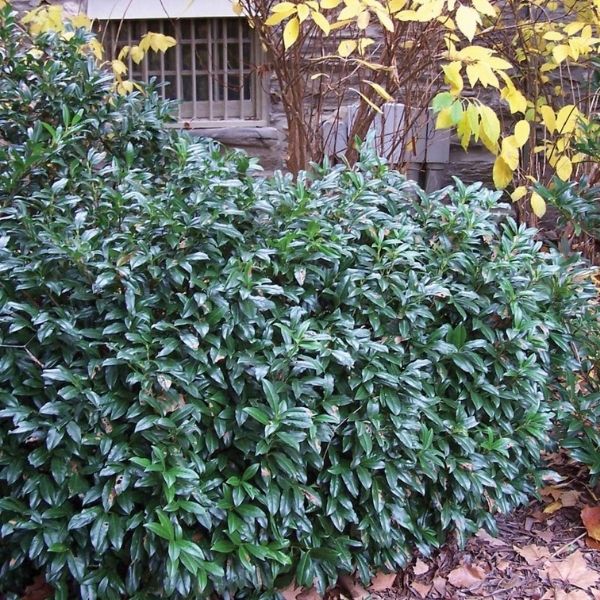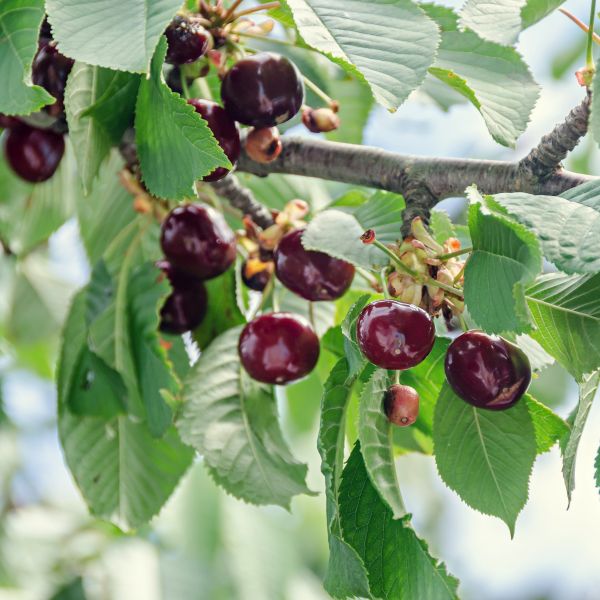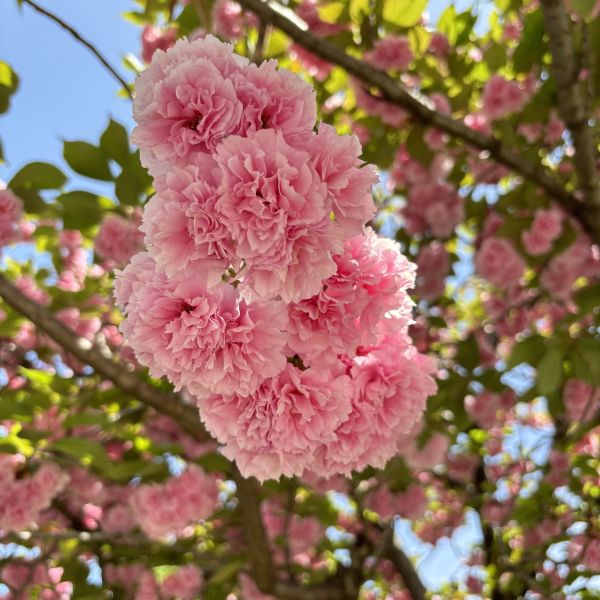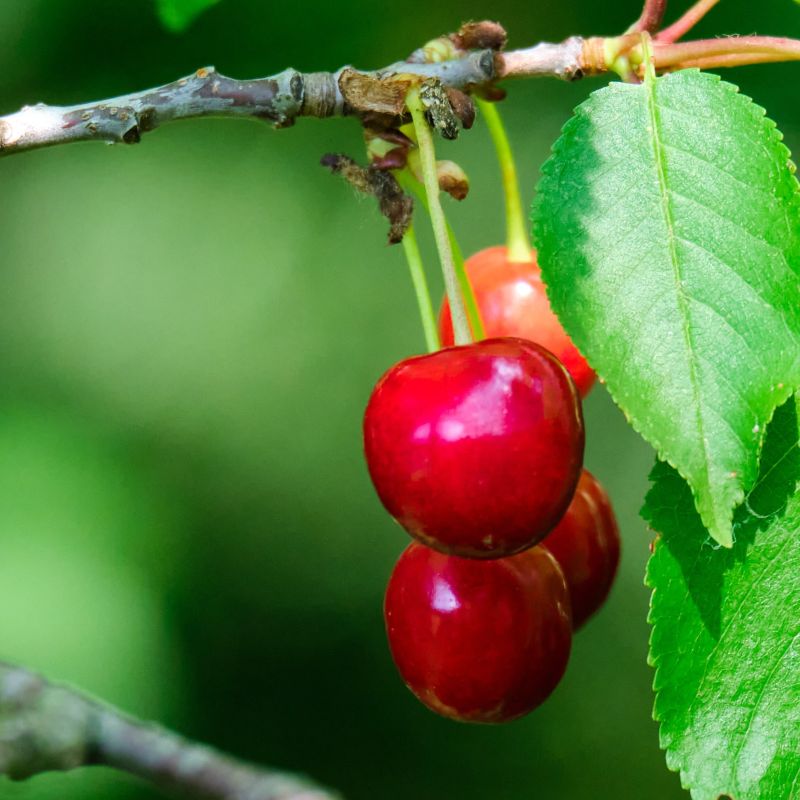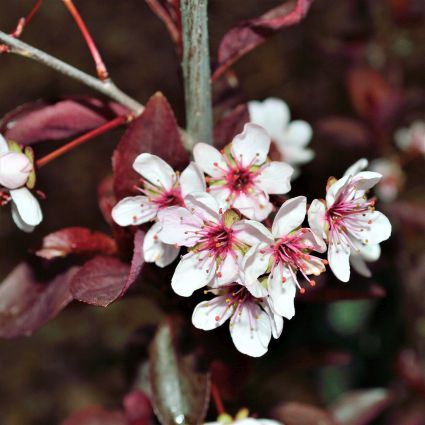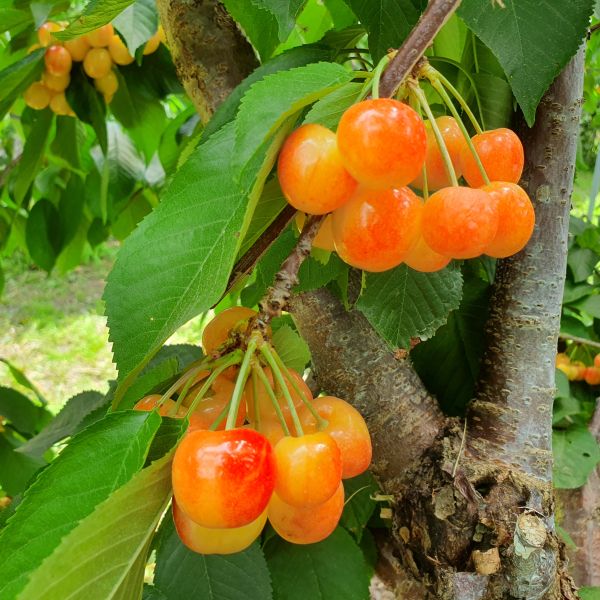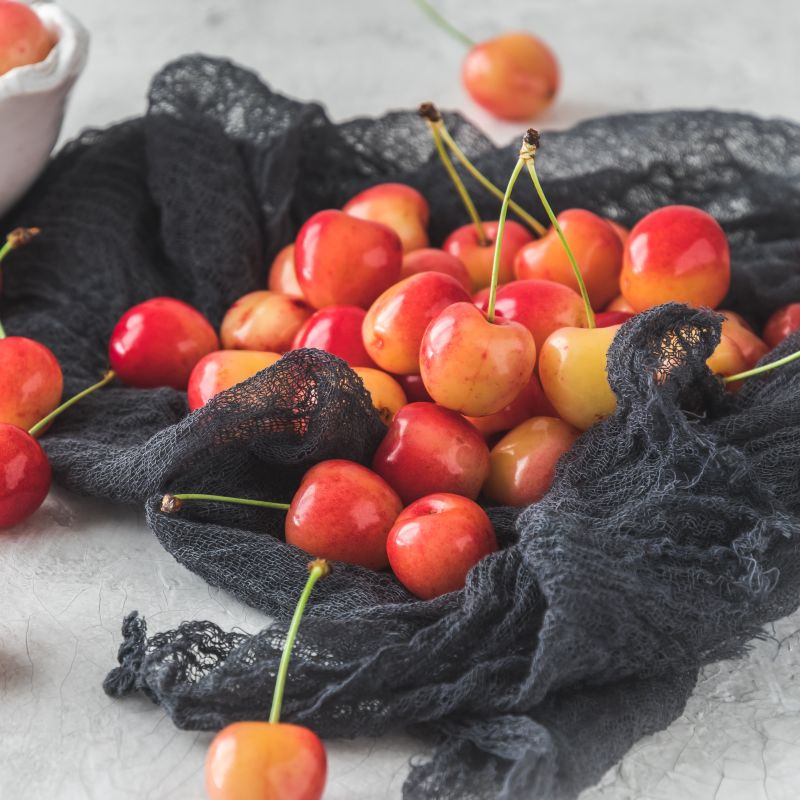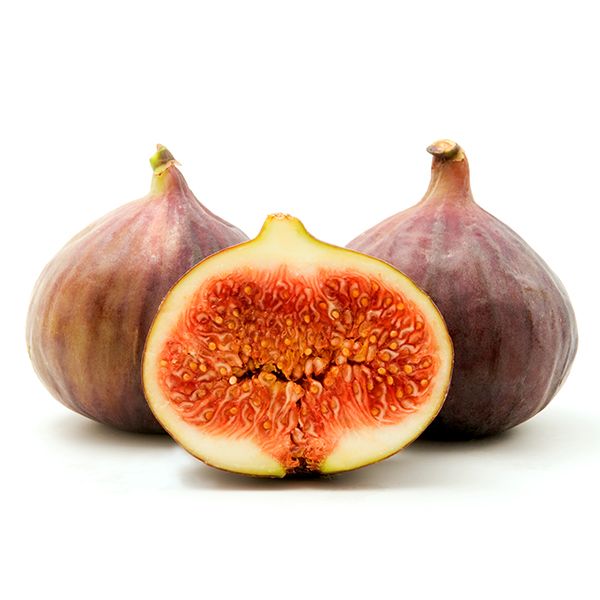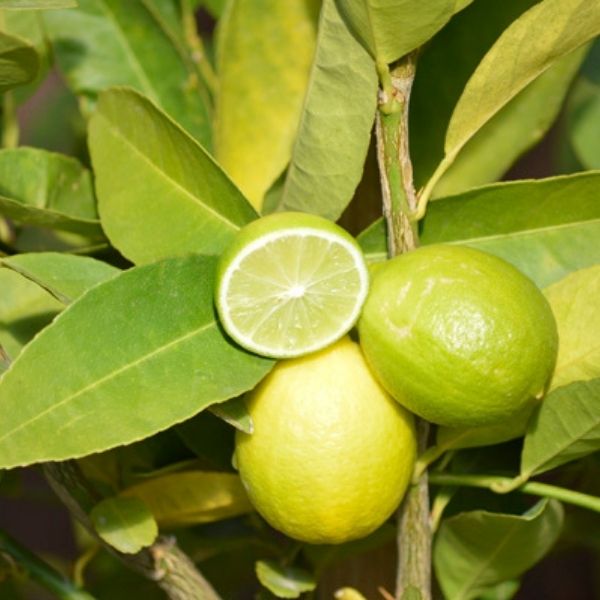
Mexican Key Lime Tree
Citrus x aurantiifolia
18 reviews
Mexican Key Lime Tree
Citrus x aurantiifolia
18 reviews
- Produces small, flavorful limes perfect for cocktails and cooking
- Can be grown in containers indoors or outdoors in USDA zones 9-11
- Drought-tolerant and low-maintenance plant
$125.00
$179.00
30% Off
- Ships to 43215 in 3 to 7 days
- Free Shipping Over $150
- Plant Arrival Guarantee
- In Stock
- Free Plant Consult
$200
4x4x11 Inch Container
Why Mexican Key Lime Tree?
The Mexican Key Lime tree (Citrus x aurantiifolia) is a popular fruit tree known for its small, tart, and highly aromatic key limes. It is native to Mexico and can reach a height of 6-13 feet. This tree is favored for its versatility, as its fruits are used in culinary dishes, beverages, and even for medicinal purposes.
People who loved this plant also bought
Sunlight
Mexican Key Lime Trees require full sun to thrive and produce an abundant harvest of juicy and flavorful citrus fruits.
Watering
Mexican Key Lime trees require regular watering, typically needing to be watered deeply once or twice a week. It is important to give them enough water to keep the soil consistently moist, but not waterlogged.
Fertilizing
The fertilizer requirement for Mexican Key Lime Trees typically includes an application of a balanced citrus fertilizer with a nitrogen, phosphorus, and potassium (NPK) ratio of 2:1:1. This should be applied every 6-8 weeks during the growing season.
Mexican Key Lime Tree (Citrus x aurantiifolia)
The Mexican Key Lime Tree, scientifically known as Citrus x aurantiifolia, is a small evergreen fruit tree that belongs to the Rutaceae family. It is famous for its tangy and aromatic fruits used in various culinary applications, especially in Mexican and Latin American cuisine.
Features:
- Fruit: The Mexican Key Lime tree bears small, round fruits that are typically 1-2 inches in diameter. The fruits have a thin, smooth, and glossy green skin that turns yellow when fully ripe. They are known for their acidic and highly aromatic juice.
- Tree: This citrus tree is relatively small and compact, reaching a height of about 6-10 feet when mature. It has dense foliage with glossy, dark green leaves that emit a pleasant citrus fragrance.
- Blooms: During spring, the Mexican Key Lime tree produces clusters of fragrant white flowers with five petals. These blooms are not only visually appealing but also attract pollinators like bees and butterflies to aid in fruit production.
- Growth: This lime tree prefers full sun exposure to ensure optimal growth and fruit production. It thrives in USDA hardiness zones 9-11 but can be grown in containers and brought indoors during colder climates. It is renowned for its tolerance to heat and drought conditions.
- Uses: The Mexican Key Lime fruit is widely used in cooking and beverage preparations. Its juice adds a delicious tang to various dishes, including marinades, salad dressings, cocktails, and desserts. The zest can also be used to enhance the flavor of recipes.
Care Instructions:
To ensure the healthy growth of your Mexican Key Lime Tree, follow these care instructions:
- Watering: Regularly water the tree to keep the soil moist but not waterlogged. Provide deep watering to the root zone, especially during dry spells.
- Fertilizing: Apply a balanced citrus fertilizer according to the package instructions during the growing season (spring and summer) to promote vigorous growth and fruit production.
- Pruning: Prune the tree annually to remove dead or damaged branches and shape its growth. Remember to sterilize your pruning tools to prevent the spread of disease.
- Pest and Disease Control: Monitor the tree for pests like aphids, scale insects, and citrus leaf miners. Treat any infestations promptly with organic or chemical pesticides, if necessary. Watch out for fungal diseases like citrus canker and provide appropriate preventive treatments.
- Harvesting: Harvest the Mexican Key Limes when they reach a yellowish color and squeeze softly. They should give slightly under gentle pressure.
The Mexican Key Lime tree is not only a rewarding addition to your garden but also a beautiful ornamental tree with its glossy leaves and fragrant blooms. Enjoy the taste of fresh, zesty limes right from your backyard!
Plant Information:
| Botanical Name: | Citrus x aurantiifolia |
| USDA Zones: | 9 - 11 |
| Water: | Low Once Established |
| Exposure: | Full Sun |
| Soil Needs: | Well-Drained |
| Mature Height: | 8 - 10 feet |
| Mature Spread: | 5 - 8 feet |



Pollination Info
Pollination Info for Mexican Key Lime Tree (Citrus x aurantiifolia)
The Mexican Key Lime tree, also known as Citrus x aurantiifolia, is a small citrus tree that produces flavorful and acidic fruits. Here is some detailed information about its pollination:
Pollination Method
The Mexican Key Lime tree is primarily self-fertile, which means it does not require a second tree for pollination. However, cross-pollination with another citrus tree can enhance fruit set and yield.
Pollinators
The primary pollinators for Mexican Key Lime trees are bees, including honeybees, bumblebees, and other native bee species. These bees visit the flowers to collect nectar and inadvertently transfer pollen from the male to the female flower parts.
Flower Characteristics
The Mexican Key Lime tree produces small white flowers with a pleasant fragrance. The flowers have both male and female parts, making them self-compatible. The blooming period usually occurs during spring and early summer.
Pollen Transfer
Pollen is transferred from the anthers (male parts) to the stigma (female part) of the same or another flower either by wind or pollinators, such as bees. The pollen grains attach to the stigma and fertilize the ovules, leading to fruit development.
Factors Affecting Pollination
Several factors can affect the pollination process in Mexican Key Lime trees:
- Availability of pollinators: A higher population of pollinators, especially bees, increases the chances of successful pollination.
- Weather conditions: Poor weather conditions, such as rain or strong winds, can affect the activity of pollinators and disrupt pollen transfer.
- Proximity to other citrus trees: Planting Mexican Key Lime trees near other citrus varieties can increase cross-pollination and potentially improve fruit production.
Maximizing Pollination
To maximize pollination and fruit set in Mexican Key Lime trees, consider the following tips:
- Planting multiple citrus trees: If space permits, planting another compatible citrus tree near the Mexican Key Lime tree can enhance cross-pollination and fruit yield.
- Providing a bee-friendly environment: Create a garden habitat that attracts and supports pollinators by growing bee-friendly flowers and avoiding the excessive use of pesticides.
- Pruning and maintenance: Regularly prune the tree to maintain its shape and allow sufficient light penetration. This promotes healthy flower production and facilitates pollination.
By understanding the pollination requirements of Mexican Key Lime trees, you can create an environment that supports the successful reproduction and fruiting of these citrus trees.
FAQ
Frequently Asked Questions: Mexican Key Lime Tree (Citrus x aurantiifolia)
1. What is a Mexican Key Lime Tree?
The Mexican Key Lime Tree (Citrus x aurantiifolia) is a small, thorny evergreen tree that produces small, round fruits known as Key limes. It is native to Southeast Asia and is widely cultivated in Mexico and other tropical and subtropical regions.
2. How tall does a Mexican Key Lime Tree grow?
A Mexican Key Lime Tree can grow up to 10 to 15 feet in height, although it can be pruned to maintain a smaller size, making it suitable for container gardening.
3. What are the ideal growing conditions for a Mexican Key Lime Tree?
A Mexican Key Lime Tree thrives in warm, tropical or subtropical climates with temperatures between 70-100°F (21-38°C). It needs full sun exposure for at least 6-8 hours a day and well-draining soil with a pH level of 6-7. Additionally, it requires consistent moisture and high humidity for proper growth.
4. Can I grow a Mexican Key Lime Tree in a pot?
Yes, Mexican Key Lime Trees can be grown successfully in pots or containers. However, it is important to choose a large pot with good drainage holes to allow excess water to escape, and use well-draining soil. Additionally, container-grown Key Lime Trees should be placed in a sunny location and provided with appropriate care and regular fertilizing.
5. How long does it take for a Mexican Key Lime Tree to bear fruit?
A Mexican Key Lime Tree typically begins producing fruit within 3-5 years of planting. It is important to note that proper care, including regular watering, fertilization, and pruning, greatly influences its fruiting timeline.
6. How do I care for a Mexican Key Lime Tree?
Regular care for a Mexican Key Lime Tree includes watering it regularly, especially during dry periods, to keep the soil moist but not soggy. Fertilize the tree with a balanced citrus fertilizer every 2-3 months, following the instructions on the packaging. Pruning can be done to maintain the desired shape and remove dead or damaged branches. Regular inspection for pests and diseases is also essential.
7. When is the best time to harvest Key limes?
Key limes are typically harvested when they reach a bright green or slightly yellow color and are firm to the touch. They should be easily detached from the tree when gently twisted or pulled. Harvesting is usually done during the late winter to early summer months, depending on the specific climate and growing conditions.
8. How can I use the Key limes from my tree?
Key limes have a tangy and aromatic flavor that is commonly used in various culinary applications. They are known for their use in beverages like margaritas and key lime pie. Additionally, key lime juice can be used as a flavoring agent in marinades, salad dressings, and desserts, or for making refreshing drinks.
9. Can a Mexican Key Lime Tree withstand frost?
Mexican Key Lime Trees are sensitive to cold temperatures and cannot tolerate frost. If you live in an area with occasional frost, it's recommended to protect your tree by covering it with blankets or moving it indoors during cold spells.
10. Are Mexican Key Lime Trees susceptible to pests and diseases?
Yes, Mexican Key Lime Trees can be susceptible to various pests and diseases. Common pests include aphids, scale insects, and citrus leaf miners, while diseases such as citrus canker and citrus greening can also affect the tree. Regular inspection and prompt treatment are essential to keep the tree healthy.
Planting & Care
Mexican Key Lime Tree (Citrus x aurantiifolia) Planting & Care
Planting:
- Choose a sunny location with well-draining soil to plant your Mexican Key Lime tree.
- Dig a hole that is about twice as wide and as deep as the root ball of the tree.
- Gently remove the tree from its container and loosen the roots if they are tightly bound.
- Place the tree in the hole, making sure it is level with or slightly above the soil surface.
- Backfill the hole with soil, gently firming it around the roots to remove any air pockets.
- Water the tree thoroughly after planting.
Care:
- Watering: Mexican Key Lime trees require regular watering, especially during dry periods. Keep the soil consistently moist, but avoid overwatering or allowing the tree to sit in waterlogged soil.
- Fertilizing: Feed the tree with a balanced citrus fertilizer according to the instructions on the package. Apply the fertilizer in early spring and again in mid-summer.
- Pruning: Prune your Mexican Key Lime tree to maintain its shape and remove any dead, damaged, or diseased branches. Pruning can be done in late winter or early spring before new growth starts.
- Pest and Disease Control: Monitor your tree for common citrus pests such as aphids, mites, and citrus leaf miners. Use appropriate insecticides or insecticidal soaps if necessary. Watch out for signs of diseases like citrus canker or citrus greening and take prompt action if needed.
- Harvesting: Mexican Key Limes are ready to harvest when they are fully yellow. Twist or cut the fruit from the tree, being careful not to damage the branches. Use harvested limes within a few weeks for best flavor.
- Winter Protection: If you live in a region with cold winters, provide winter protection for your Mexican Key Lime tree. Mulch around the base of the tree to insulate the roots and cover the tree with burlap or frost cloth if temperatures drop below freezing.
Check Out These Verified Customer Reviews:
Customer Reviews
4.7 out of 5 based on 18 reviews
Thank you! Your review has been submitted.
The Mexican Key Lime Tree I received was in great condition and looked exactly as pictured on the website. The quality of the tree is fantastic and I can't wait to start growing my own key limes. Overall, a great purchase experience.
Fast shipping, tree was well packaged.
The key limes are delicious and plentiful.
Item has been added to your cart.




